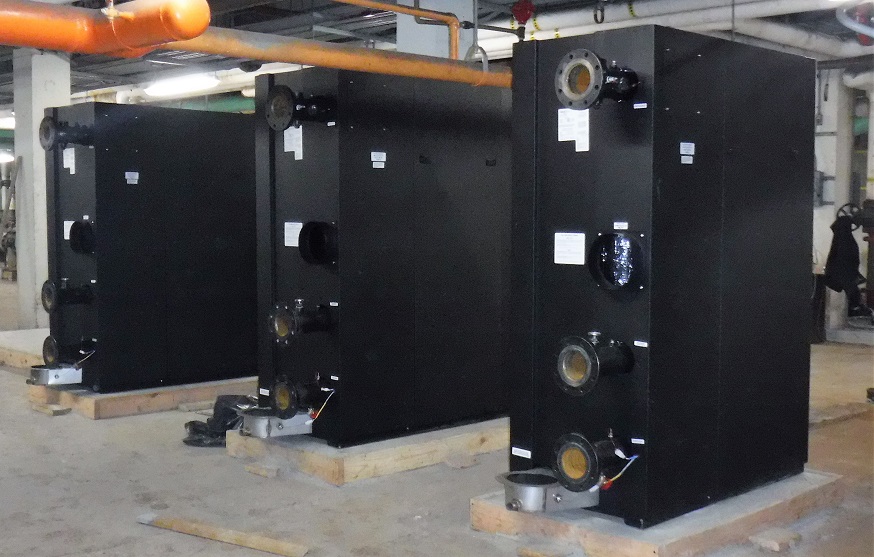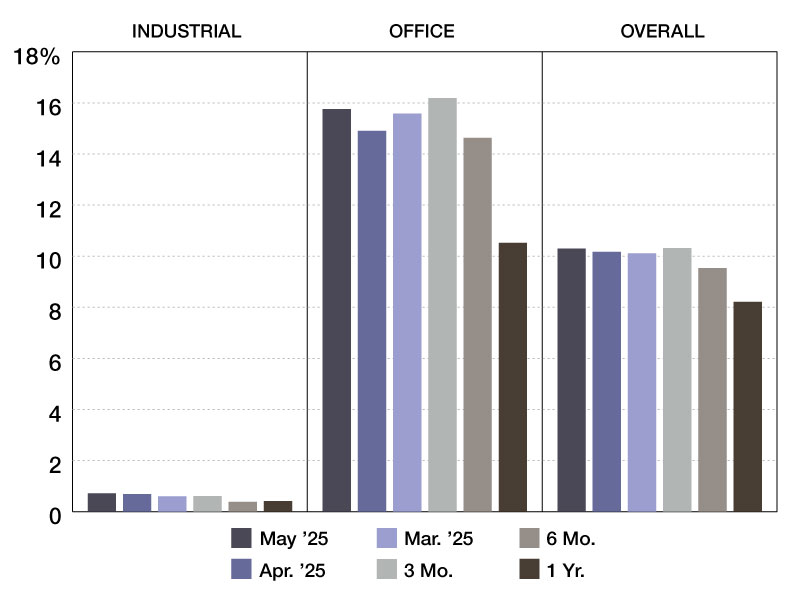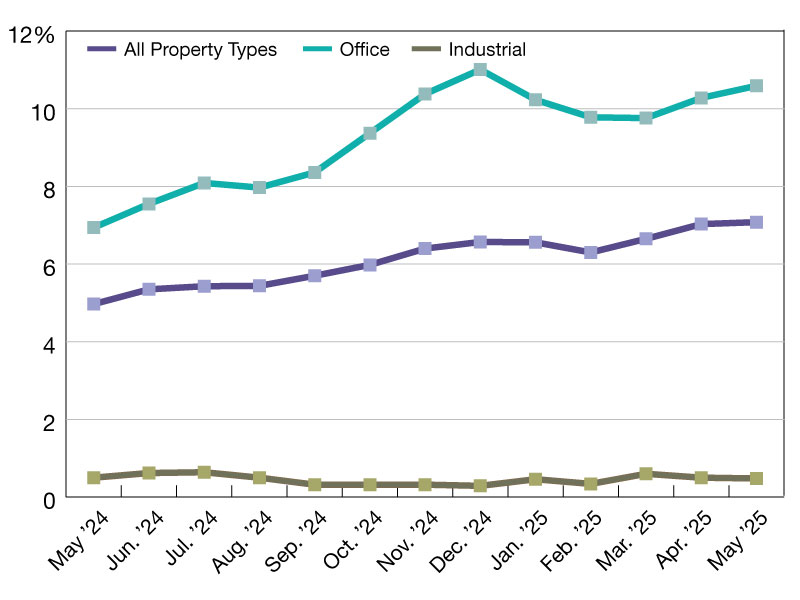Newark Bids to Boost Energy Efficiency
The energy upgrade program covers 17 buildings in New Jersey's largest city and will save the municipality an estimated $1 million a year.

Newark City Hall (Image courtesy of the city of Newark, N.J.)
After decades of economic struggle, Newark, N.J., is enjoying a revival that is attracting much-needed investment. As it works to bring in new development, the city’s government is also making a push to make its energy operations more efficient. A program now under way will cut Newark’s annual energy operating costs by an estimated 36 percent, saving nearly $1 million a year.
All told, the project encompasses 17 buildings and more than 1 million square feet. Office space, notably in Newark’s 113-year-old City Hall, accounts for a large portion of the properties. But the plan encompasses a diverse portfolio: two firehouses, two recreation centers, a police precinct house and Newark Symphony Hall. Except for the 94-year-old Symphony Hall, which is owned by a non-profit, all are city-owned.
The properties are characterized by particularly energy-intensive operations, noted Robert Thomas, Newark’s chief of energy and environment. They also account for a significant share of the city’s annual operating expenditures and provide an opportunity for maximizing savings. Scheduled for completion by the end of the year, the program will reduce Newark’s greenhouse gas emissions by 2,930 metric tons a year, roughly equivalent to taking 564 cars off the road.
The upgrades are being funded with a $2.3 million rebate from the New Jersey Clean Energy Program and a 20-year, $15.4 million energy savings service contract. Honeywell, the city’s partner in the program, guarantees the savings, making the project self-funding over the contract term and eliminating the need for upfront capital investment.

Robert Thomas (Photo courtesy of the city of Newark, N.J.)
A comprehensive approach like Newark’s is the most effective way to boost performance, contends Sean Yates, Northeast general manager for Honeywell Building Solutions. “It addresses the root cause of problems, rather than just putting Band-Aids on things,” he said. To assess the property’s needs, the city commissioned two audits through the New Jersey Clean Energy Program, a state program which funds audits for local governments, public colleges and other institutions.
First up is a portfolio-wide lighting upgrade that will replace fluorescent bulbs with more than 16,000 LED tubes. “The lighting savings helps to offset the longer capital projects,” Yates said.
Also on the agenda is the installation of three natural gas cogeneration plants, which will enable the city to generate on-site electricity and heat simultaneously. At the City Hall complex, a 100-kilowatt plant will produce hot water.
A 75-kilowatt plant will be installed at the Ironbound Recreation Center at 226 Rome St., which offers a pool and an ice rink to residents of Newark’s Ironbound neighborhood. Also on the agenda is a 100-kilowatt cogeneration plant at the John F. Kennedy Recreation and Aquatic Center. Located at 211 W. Kinney St. in the city’s Central Ward, the facility features the state’s largest indoor-outdoor pool. Waste heat captured by the cogeneration plant will heat the pool at each facility.
At both City Hall and the Kennedy facility, the cogeneration plants will be black-start capable. In the event of a blackout or other disruption, the facilities will be able to restart on their own, without relying on an external connection to the grid. That will enable City Hall to operate in an emergency. Black-start capability will also benefit the Kennedy recreation center, which serves as a shelter in an emergency.
Other projects include:

Boilers at Newark’s John F. Kennedy Recreation and Aquatic Center are slated for an upgrade. (Image courtesy of the city of Newark, N.J.)
- Modernizing the central boiler plant at the City Hall complex, including burner control improvements
- Replacement of more than 400 failed steam traps and missing pipe insulation on steam distribution systems to reduce thermal energy loss
- Installing energy-efficient control solutions, such as room occupancy sensors to automatically turn off lights in unoccupied areas
- Installing thermostatic valves on radiators to reduce steam consumption
- Implementing a comprehensive building management system platform which allows monitoring and control of multiple buildings from a central location or a remote location
- Integrating the city’s HVAC and building systems into the BMS
- Install a city-wide solution to reduce desktop computer electric power consumption;
- Improve building envelopes to better maintain conditioned air;
- Install electric and gas sub-meters to more accurately monitor and manage energy use.
“Before we had no way of looking at our entire building portfolio,” Thomas said.

Sean Yates, Honeywell Building Solutions (Image courtesy of Honeywell Building Solutions)
Improved control of the equipment will help the city save on maintenance and operational challenges. Honeywell is installing a system in City Hall’s boilers that will replace mechanical controls with electronic controls that more precisely control the air-to-fuel ratio, Yates said.
Fourteen of the 17 buildings in the energy savings project are connected to a network, and any computer on the network will have the capacity to monitor and control them. The three remaining buildings will be connected when the network is available in those buildings.
While the upgrades being implemented in Newark are applicable to a commercial building setup, Yates said it is particularly attractive to public entities like municipalities, county governments and school districts.
“When we talk to private real estate owners, they look at a payback much closer to a five-year range on projects,” Yates said. “When we talk about a 20-year payback, that seems long to them. It’s all about your perspective.”







You must be logged in to post a comment.